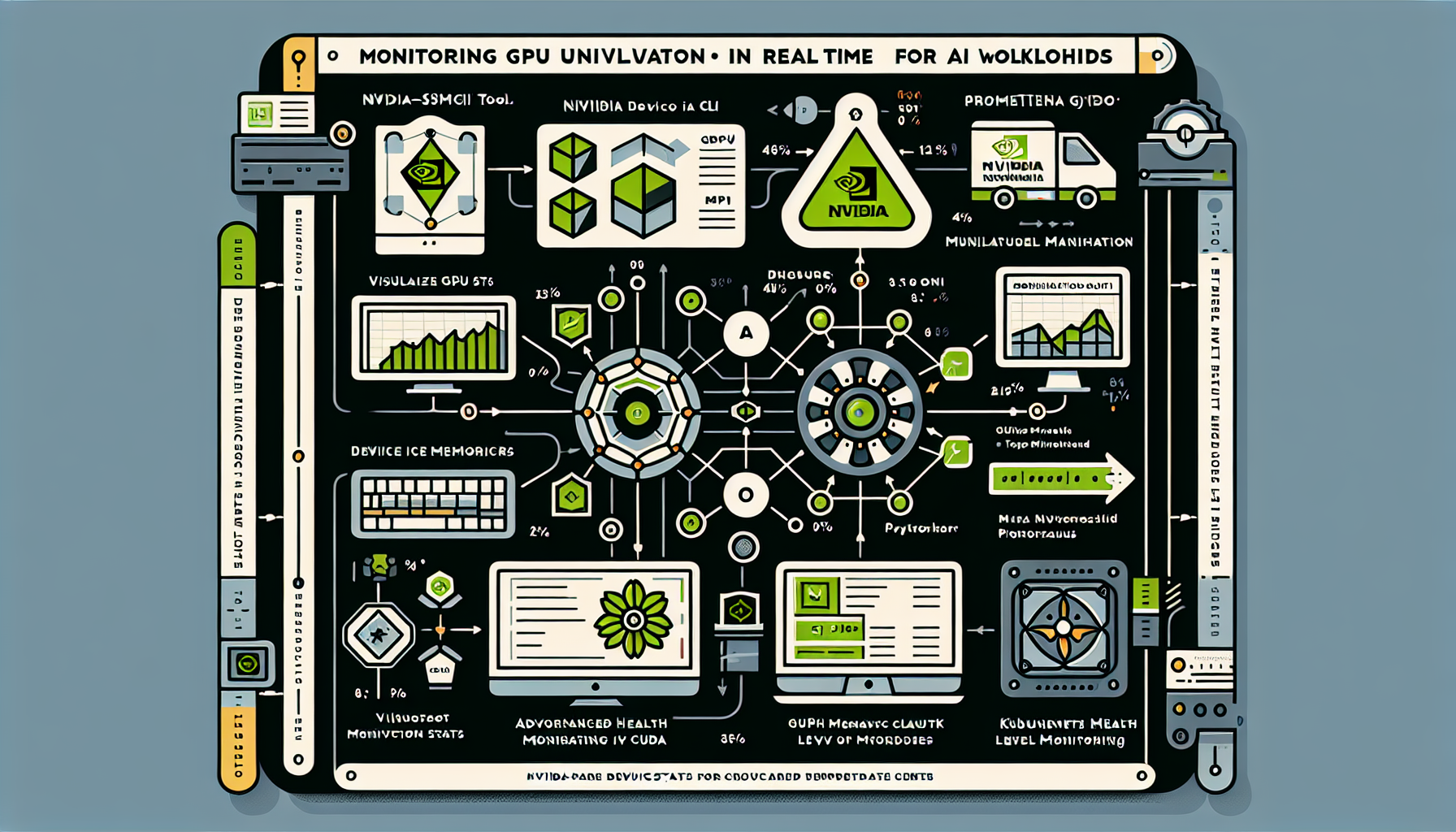How do I recover accidentally deleted files on ext4 file systems in Linux?
Recovering accidentally deleted files on an ext4 file system can be challenging because ext4 does not natively provide an undelete feature. When a file is deleted, its metadata is removed, making recovery difficult. However, there are methods and tools you can try depending on the situation. Here’s a step-by-step approach: Immediate Actions After Deletion Stop […]
